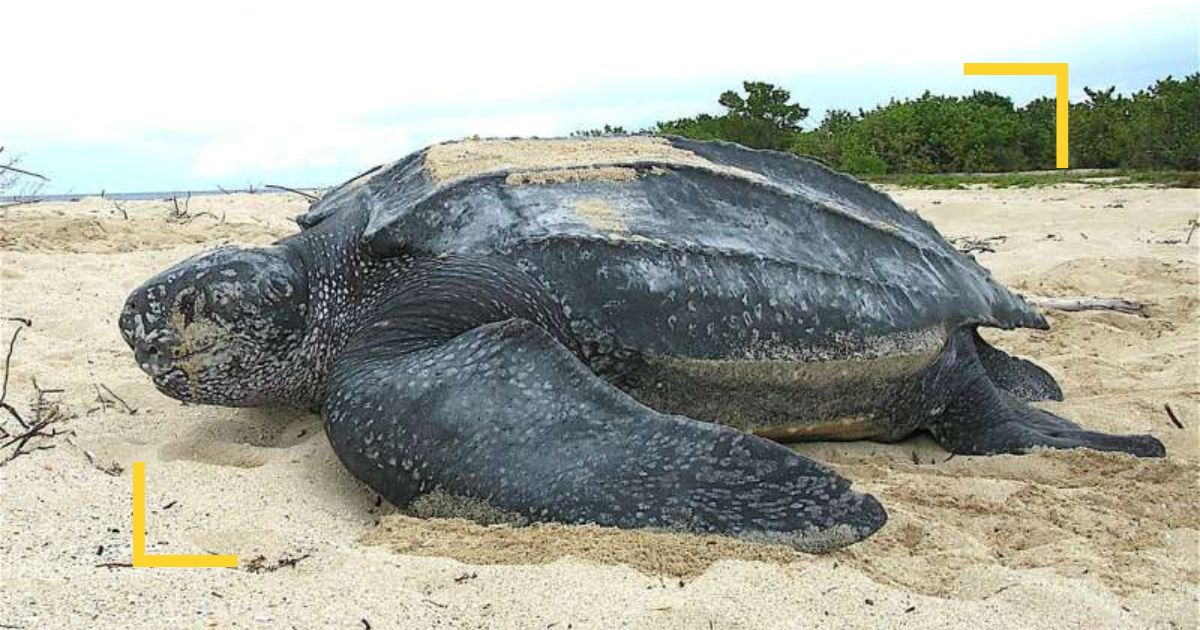New Delhi: Unlike humans and the majority of other mammals, sea turtles do not develop into males or females as a result of sex chromosomes. The temperature outside a turtle egg affects the sex of the developing embryo since they have temperature-dependent sex determination. According to scientists, this peculiar biological trait may put the future of these organisms in peril in a warmer environment.
Temperature’s Affect On Turtles
According to a recent study that was published in the journal Current Biology, the northern populations of the important nesting location known as Raine Island have almost entirely been feminised due to the rising temperatures.
Turtles typically hatch as a mixture of males and females at a temperature that biologists refer to as the pivot temperature. All sea turtles are born male when the temperature is a few degrees below 29.3 C. Only females are born when the eggs are heated.
The aforementioned study found that 87 percent of mature turtles and more than 99 percent of juvenile turtles in a population of roughly 200,000 turtles are female.
Scientists discovered that female sea turtles outweigh males by at least 116 to 1 at the most significant and largest green sea turtle rookery in the Pacific Ocean.
Scientist studying turtles at the National Oceanic and Atmospheric Administration in Hawaii, Camryn Allen, calls this “extreme” and adds, “There are only a few males among the thousands of females. It surprised us,”
Rapid Change In Temperature
A slight female bias may be advantageous since male sea turtles usually mate more frequently and with multiple female turtles.
However, Since at least 20 years ago, Raine Island appears to have produced almost exclusively female turtles. This is a significant issue.
One of the greatest green sea turtle rookeries on Earth, with more than 200,000 turtles coming to nest, is located on the 80-acre island of Raine and the nearby coral cays. At the height of the season, 18,000 turtles can congregate at once. And that only includes females.
Marine biologist Michael Jensen says, “Evolution requires many generations for animals to adapt. But these are animals that live for 50 years or more, and things are changing dramatically just in their lifetimes,” “But now temperatures are changing incredibly fast.”
All seven species of sea turtles’ male-to-female ratios have been predicted by scientists to be extremely sensitive to climate change for at least 35 years.
The reptiles are so sensitive to temperature changes that in many locations, a rise of just a few degrees Celsius could eventually result in totally female progeny. That might obliterate their entire population. Eggs practically cook in their nests when temperatures rise too high, which makes the situation worse.
It is challenging to predict when the proportion of males may go too low. Depending on the species and the area, the answer may vary. Additionally, the very component that determines sex—temperature—can be influenced by regional circumstances.
The Australian government is using several management measures in the Raine Island area through the Raine Island Recovery Project, such as shading the beaches or sprinkling water on the sand to chill the nesting grounds.
